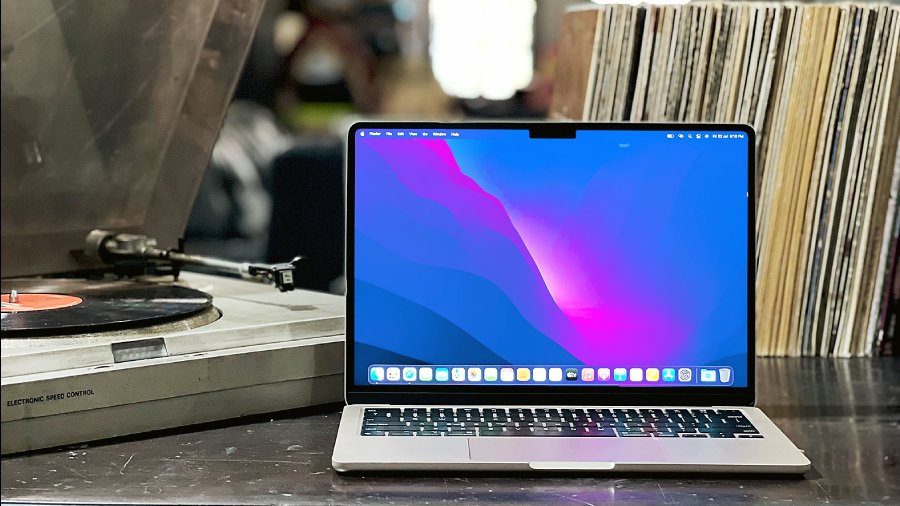A recent report mentions that Apple is considering a Mac Book Pro with touch screen. The Bloomberg report by Mark Gurman says this may happen as early as 2025 and, at the same time, he mentions that the screen may use OLED technology.
Touch screens are something Apple has popularised starting with the iPhone and then the iPad but it has so far been avoided on the MacBook. As people who are now purchasing MacBooks are those who have grown up on touch screens, it may not be a bad idea for Apple to try something different.
To be fair, Apple is in a position to make such a computer better than anybody else. The company has already made a successful transition to homegrown chips and has control over everything, be it hardware or software.
The project appears to be in early stages, with engineers being “actively engaged”, according to the report. In fact, the report says that there are no final plans for launching touch screen Macs and that plans could always change. The company has in the past worked on Mac touch-screen prototypes. “If you are on the keyboard, you tend to stay on the keyboard. If you are on the trackpad or using your mouse, you tend to stay on that mouse…. At Apple we build prototypes around all sorts of ideas, so we certainly explored the topic (touch screen) deeply many years ago and had working models but decided it really was compromised,” Craig Federighi, senior vice-president of software engineering at Apple, told Cnet some years ago.
On the other hand, the iPad is all touch and you can attach a keyboard to it. It’s a device that’s convenient while travelling and it’s easier to use on an airline tray table. As for the MacBook, one likes to use it for a very different set of tasks. Since high-quality touch screens can be expensive on laptops and desktops, Apple needs to consider the cost aspect. There’s nothing against having a touch screen on the MacBook but it’s not essential, especially if it increases cost.
Second, why turn macOS into iPadOS? The MacBook has a compact dock and the trackpad allows one to position windows with precision.
Instead of adding touchscreens to laptops, Apple pursued a Touch Bar for Macs from 2016 until starting to phase it out with the release of redesigned 14- and 16-inch MacBook Pros in 2021. Perhaps it would be best if Apple looks at introducing touch screen to a few MacBooks instead of the entire range. Steve Jobs had mentioned about the ergonomics of a vertical touch screen and how it causes arm fatigue. If the touch screen dream on the MacBook does come true, touch will probably not be the primary method of interaction.
By having a touch screen on a Mac, there will be better integration across product categories. Touch will also help win over some Windows PC users.
A new OS is set to challenge Android and iOS

The Apostrophy ecosystem is based on four pillars - people, privacy,planet and productivity.
Can a new smartphone operating system find takers in a world divided amongst Android and iOS? Swiss-based startup Apostrophy AG believes in its AphyOS and it promises data sovereignty.
Apostrophy is entering an arena that has seen failed attempts by companies like Microsoft, Samsung Electronics and HP’s Palm. Headed by Petter Neby — the man behind Punkt, which is known for coming up with minimalist designs in anti-flagship devices — the company is working with former software engineers from a collaborative venture named KaiOS, which was aimed at addressing emerging markets and affordable devices.
According to Bloomberg, Apostrophy intends to charge a subscription fee for its combination of software and services — its key customers will be hardware makers rather than end users — harking back to the security-centric BlackBerry service ecosystem of the past.
For Apostrophy, it’s all about privacy. Since potential users of AphyOS will look for all the apps one is used to having, the OS is built on an open-source version of Android called GrapheneOS. Aphy will be able to run Android apps but won’t include Google’s Mobile Services or Play Store by default.
